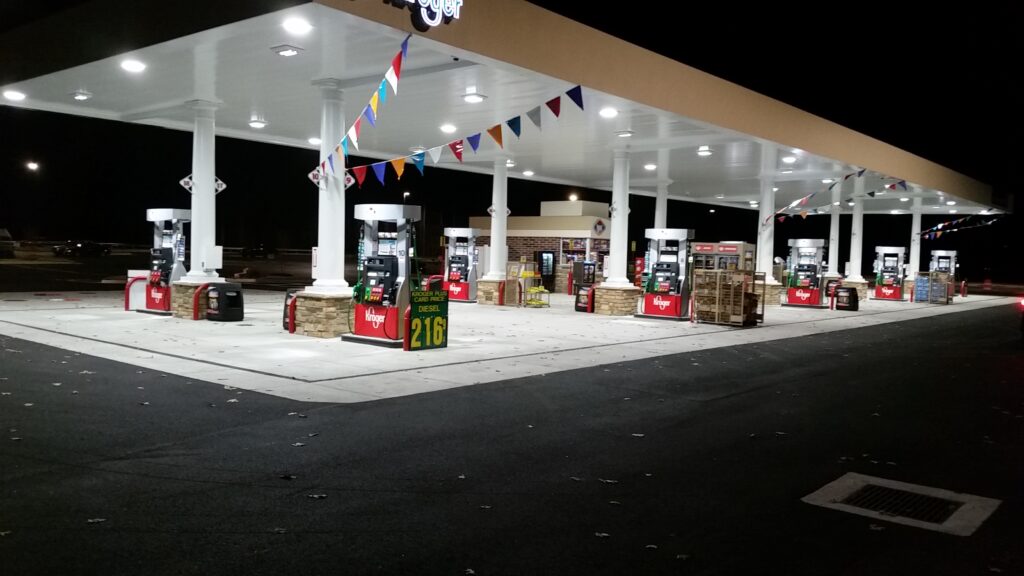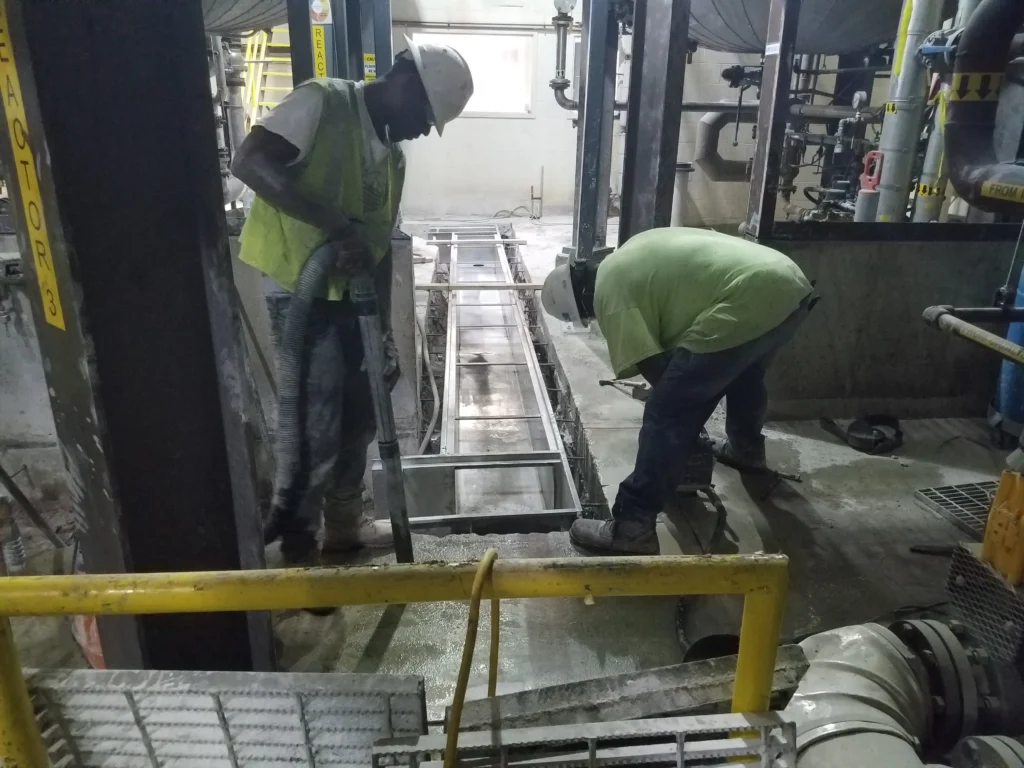Everyone thinks of frozen pipes when they think of freezing weather, but most people are not aware that frozen drains can be just as big a problem as a frozen pipe at your home or business. Any part of your drainage system that freezes might cause major issues when the weather warms back up and water needs to be drained away from your property.
Most parts of the US experience at least a few cold snaps each year, which can sneak up on people and cause problems with drainage of all types. You might not even be aware of the needs of your drainage systems when it comes to cold snaps or times when it is very cold for an extended period. This guide will help you to deal with frozen outdoor drains so that you don’t have to worry about damage to your landscaping, foundation, or other areas of your property.
What to do About Frozen Outdoor Drains
Outdoor drains can freeze quite easily due to a variety of factors. This is all right when the weather is still cold and there is no water runoff to attend to. However, when thawing begins to occur, frozen drains can become a huge problem, creating issues like standing water, water runoff in basements, and water that blocks entryways, paths, and roads. You will want to be sure that you have a plan to attend to frozen drains before the tough part of the winter arrives.

1. Convert to Metal Drainage Components
If you have consistent freezing weather where you live, plastic drainage solutions are not usually an ideal choice. This is especially true for outdoor drains, which cannot be kept warm the way other kinds of drainage and piping solutions can when they are located in the walls of your home or business. Plastic gratings can break or crack when the temperature drops unexpectedly, which can lead to problems with large items falling into your drains or even safety concerns related to slips, trips, and falls.
When you convert to metal gratings for your drainage solutions, you will avoid all of these risks. These drainage components are made to handle tough weather and will not crack, break, or fall apart when faced with cold weather. You might also consider switching all of your outdoor drainage solutions to metal components just to make sure that you are not going to have to deal with cracked and frozen pipes and flooding.
Your metal drain grates can be ordered in a variety of styles, shapes, and designs. You can pick from heel-proof drain grates, slotted grates, and so much more when you are selecting the right grate for your needs. This is one of the best ways to manage and prevent frozen outdoor drains.
2. Clear the Ice From the Drains
One of the best things that you can do to make sure that your drainage is going to go right back to working properly when the thaw takes place, is to clear out the ice that has blocked the drains just below the level of the grate. This can happen even with good preparation as condensation and other moisture can still get into the grate and drain and create blockages.
Often, when there is a cold spell, and thawing starts to occur, the weather does not warm up rapidly. This can lead to partially-thawed grates and drains which are prone to cause flooding and other issues in and around the drainage installation.
Hot salt water or water mixed with deicing chemicals can greatly improve this situation and make sure that you don’t run into problems with your partially thawed drains. Stubborn ice might have to be broken up by hand, but you need to do this with care to ensure that you are not damaging the drain itself or the grate as you attend to the ice itself. You might also be able to use a hair dryer or another source of heat to deal with frozen drainage that is not completely thawed.
3. Prepare Before a Freeze Takes Place
If you know that cold weather is on the way, you can prepare for it by cleaning up potential sources of blockages like leaves, detritus, and dirt. Getting your drains cleared of other foreign matter before the cold weather arrives can be key to cleaning up the ice after the freeze is over. It can be much harder to tackle a tough ice issue when you have other kinds of problems going on in your drainage system.
As a rule, drainage systems need to be inspected and cleaned up at least once a year. It can be ideal to tackle this work before the cold weather really sets in to avoid complex problems that might crop up due to dirty and poorly maintained drains also becoming iced over.
Dealing with Frozen Drains Doesn’t Have to be Difficult

If you are struggling with frozen drains each year, you need to consider transitioning to metal drainage solutions. You will also need to be sure that you have a solid maintenance plan in place for your outdoor drains and that you are prepared to remove ice that has built up once the cold snap is over.
Being prepared for the cold weather is very helpful and can make a big difference when it comes to the longevity of your drains as well as the condition of your property after cold weather hits. Your drainage should be easy to keep free of ice, and these tips will keep you from struggling with drainage issues even during the coldest times of the year.
Having the right drainage installed on your property is key, no matter what the weather is like in your region of the US. You will want to be sure that you work with a skilled and experienced drainage solutions expert to get access to drainage solutions of all shapes and sizes that you can count on all year long.












